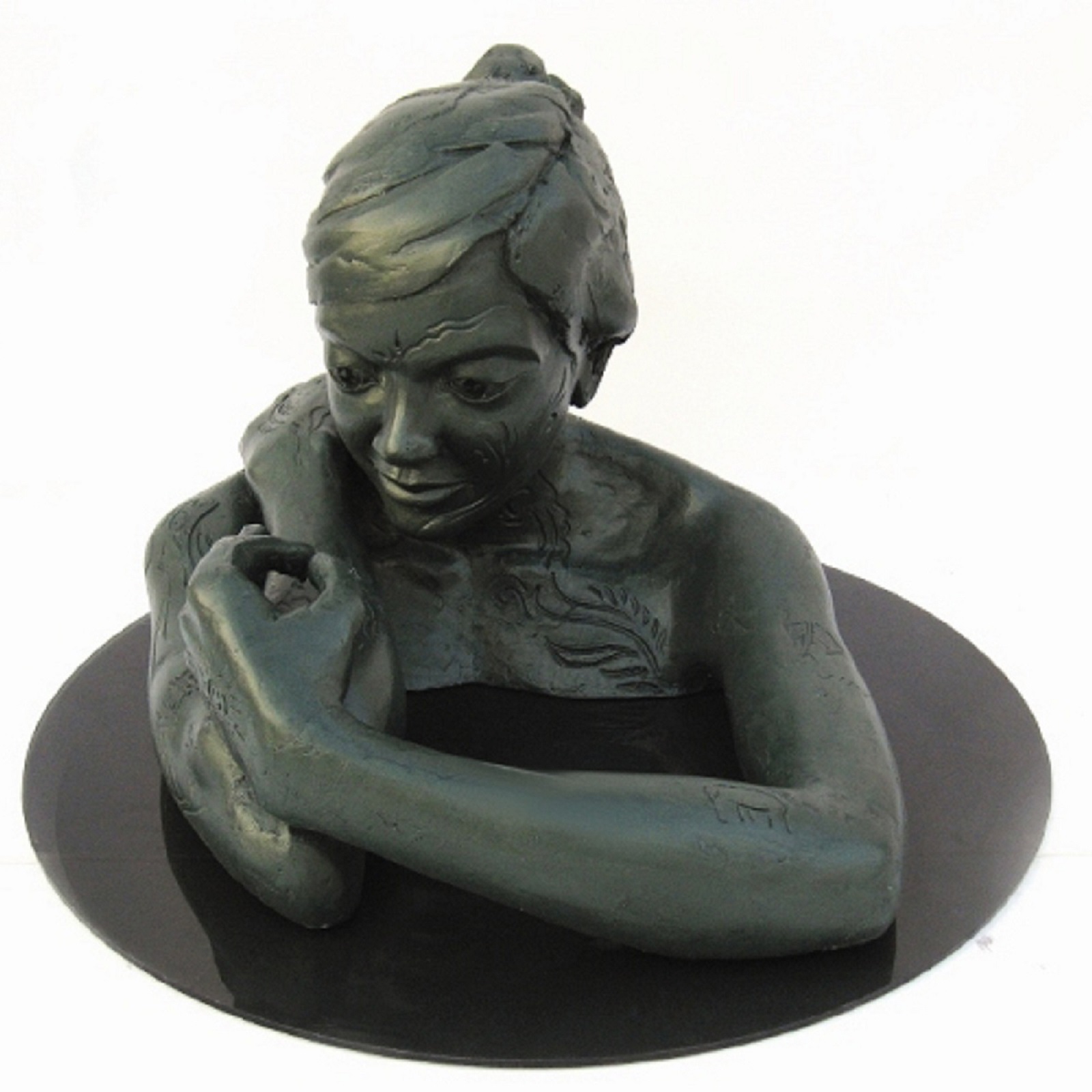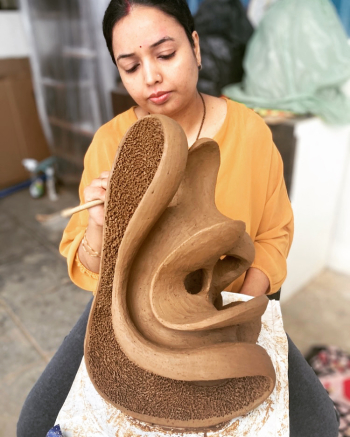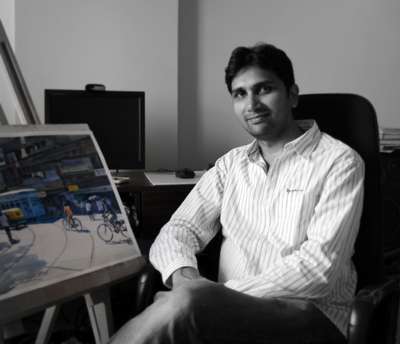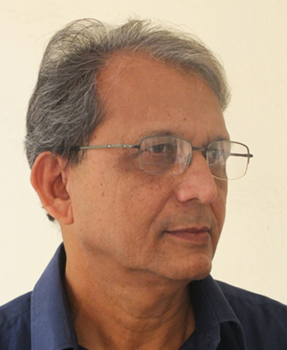
“You can understand nothing about art, particularly modern art, if you do not understand that imagination is a value in itself.”
~ Milan Kundera
Want to know how change feels like? Just give time to see how transformational has been the voyage of art in the last 2 centuries. Art is the best gift humans have given to themselves. The ability to reason, the competence to contemplate, and the proficiency of computing is nothing in front of the talent of putting up your imagination through colours, textures, and brushstrokes. Being an artist is like being a treasure hunter in a mine full of gold and diamond.
Art, from the time of its commencement, has been close to the humans. It has been the passage through which the intense and unsaid emotions of artists flow and reach the people. In the present times, you can witness the prominence of contemporary forms. Whether you walk in a modern art gallery or log onto an online art gallery, contemporary pieces are everywhere. May be that’s why it is being tagged as ‘art of our times’.
But how did we reach here? Did modern art play an anchor role in changing the perception of art as a whole? This and a lot more will be discussed in this blog. Our entire focus will be to unfold the factors that lead to the rise of modern art and see how it actually guided the art community to become what it is today.
The climb of modern art
Modernism is perhaps the biggest game-changer in art history. And like every big revolution, modernism was also a result of several genres that emerged in the process.
To define modern art, there is only one way; artworks produced between the late 19th to mid-20th century. Experimentation with techniques to come out with various new styles of art creation became the foundation for modern art genres.
Artists had enough of the academic and traditional art rules and standards. They wanted to come out of the clutches of conventions that chained the imagination and artistic qualities. Modernism was an art movement that ran for almost a century and cloaked a series of various art genres that eventually transformed the holistic perspective of art.
Impressionism
No big change has ever occurred rapidly. If a big transformation is supposed to happen, there is a chain of events that stimulate the transition slowly but firmly. Same is the case of modern art. Take a stroll in a modern art gallery and take a look at the work of French artists from the later 19th century. You would definitely find one or more paintings that show you how impressionism hit France and later, the world. It was the renowned artist, Claude Monet, who used his sheer genius to utilise obscure brushstrokes, emphasis on light, and a rich colour palette to introduce his first masterwork Impression, Sunrise. Impressionism, started in 1872, was the first of many attempts of artists to slowly move away from the conventional realism tactic.
Post-impressionism
Impressionism was the first time artists were exposed to something totally new, so, a lot of artists drew inspiration from the same. As a result, a bunch of artists like Paul Cézanne, Vincent Van Gough, Paul Gaugin, and Henri Toulouse-Lautrec started creating innovative paintings in styles that were fresh and crisp. This movement of vivacious colours and dazzling patterns was known as Post-impressionism, which emerged in the 1890s and was centred on the depiction of emotions via subjective perceptions.
Fauvism
France, again, being the art capital of the world then, witnessed the surge of another revolutionary art movement known as Fauvism. The movement was led by “Les Fauves”, an adroit group of artists and was focused on utilising non-real tones and individual experiences. These personal perceptions were displayed in their paintings with somewhat abstract patterns (not entirely though).
Cubism
The modern art movement was really a roller coaster ride in the otherwise stagnant and slow voyage of art. Cubism was another eminent genre that gained the attention of art zealots across the world. Started in the year 1907, Cubism was trailblazed by the two of the illustrious artists of 20th century, Pablo Picasso, and Georges Braque. The flash point of cubism was the fragmented theme that made it possible to be seen from more than one angle.
Abstraction
While some believe that abstraction was not a part of modernism, I always think that the very idea of sliding away from reality was our first step towards abstract art styles. Abstraction totally defies the conventional perception and understanding of art. When artists started to come up with work that didn’t have any object or visual that could make it relate to real life, the style was criticised in a hard-core manner. People were not able to comprehend what their mind couldn’t associate to.
However, slowly, the perception about art and the convention that states ‘art should be beautiful’ faded. As a result, artists of the 20th century paved a smooth way for contemporary style to enter the art world. Even today, while exploring a modern art gallery, you can get a glimpse of some of the genres that brought the biggest change in the art world, to date. What do you think? Have you encountered the same experience in modern sculptures and paintings? Share your views below. Thanks!





















